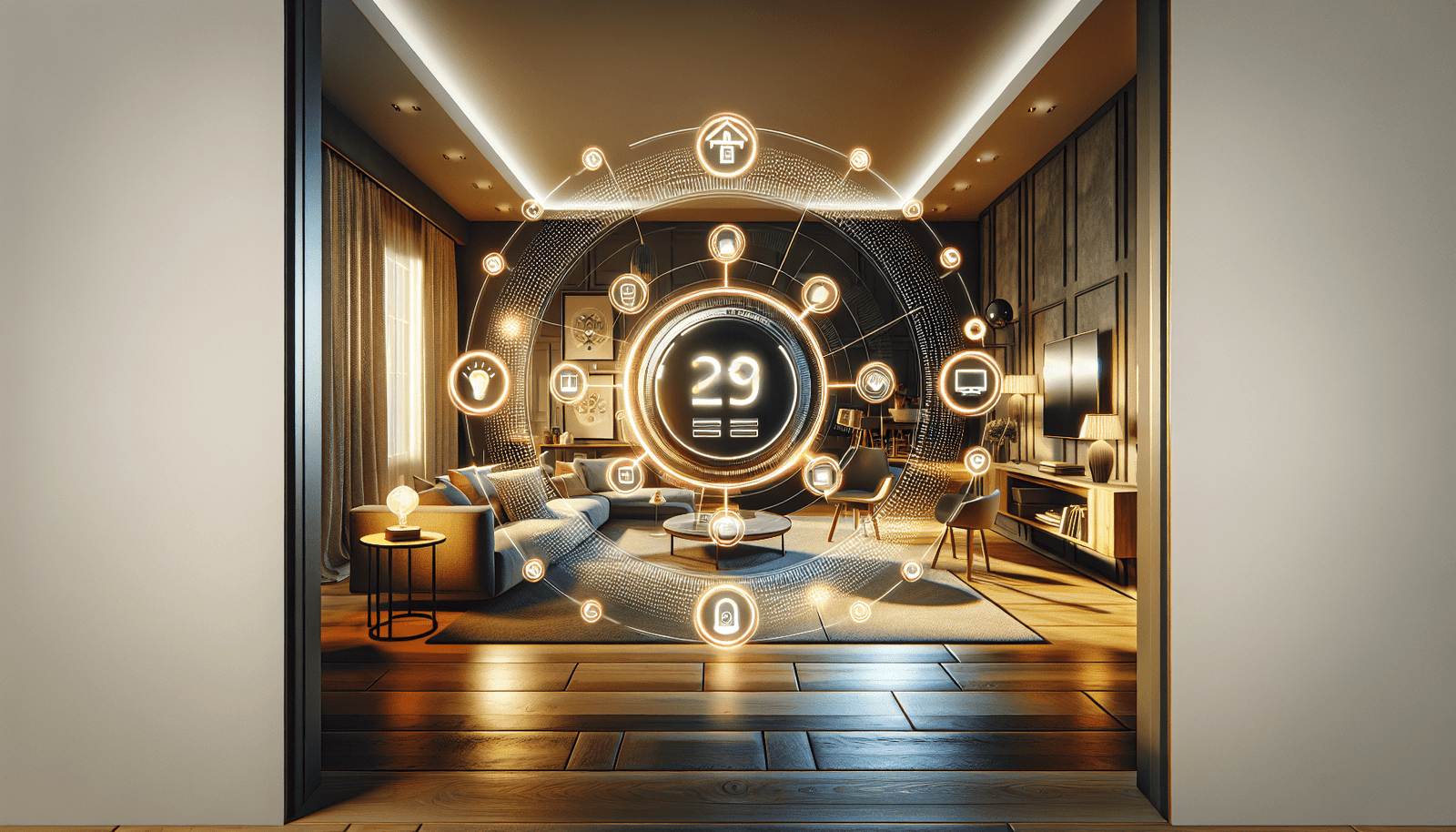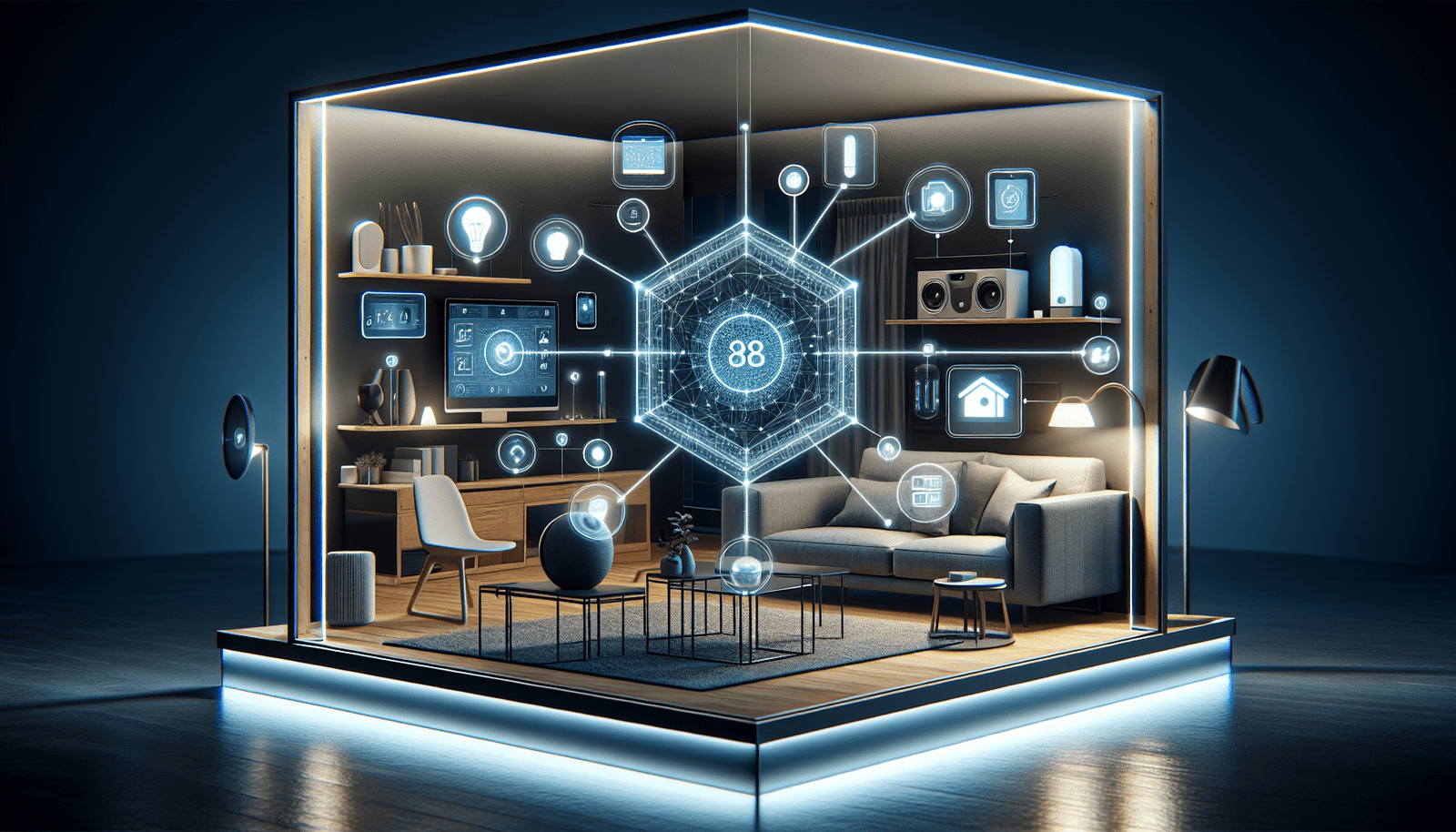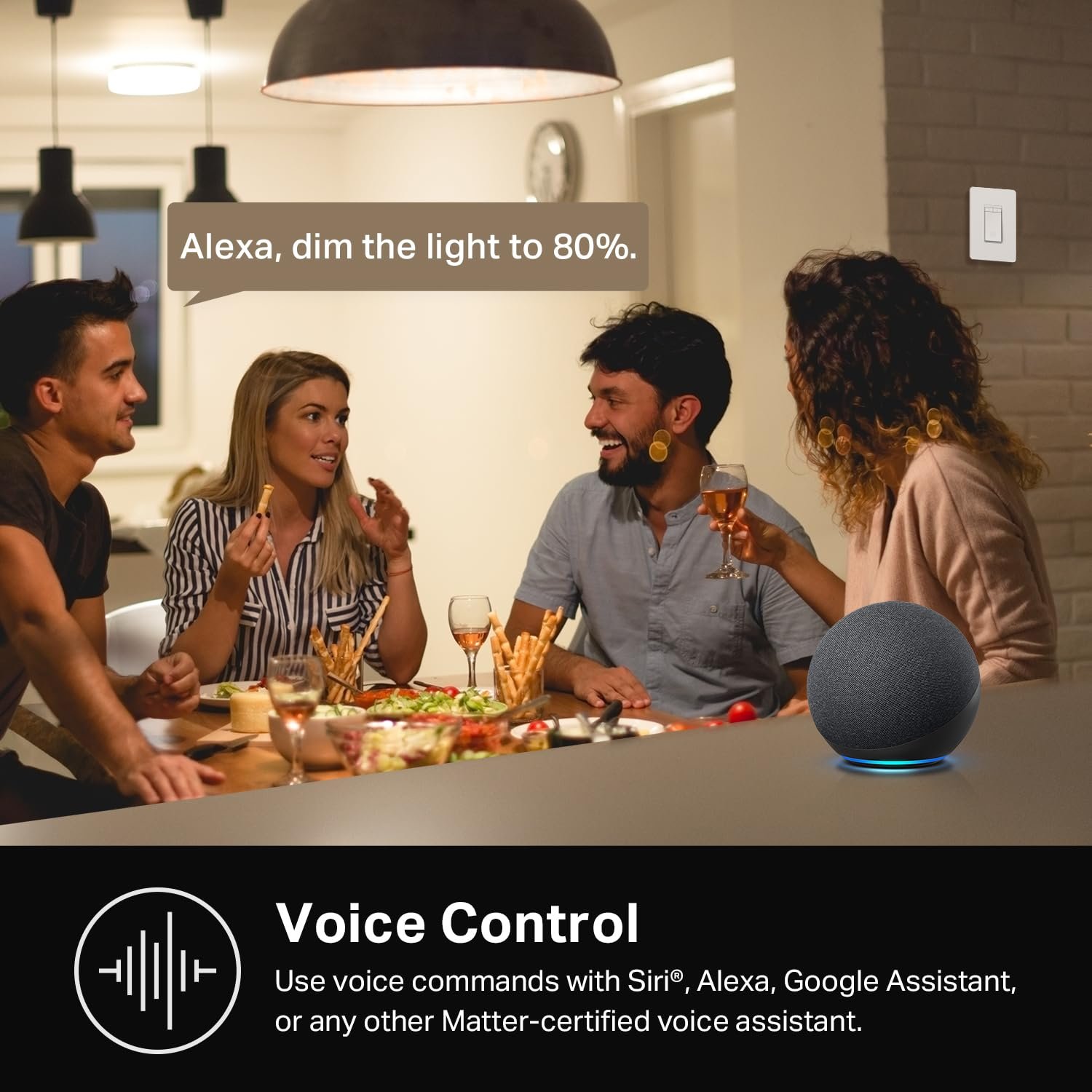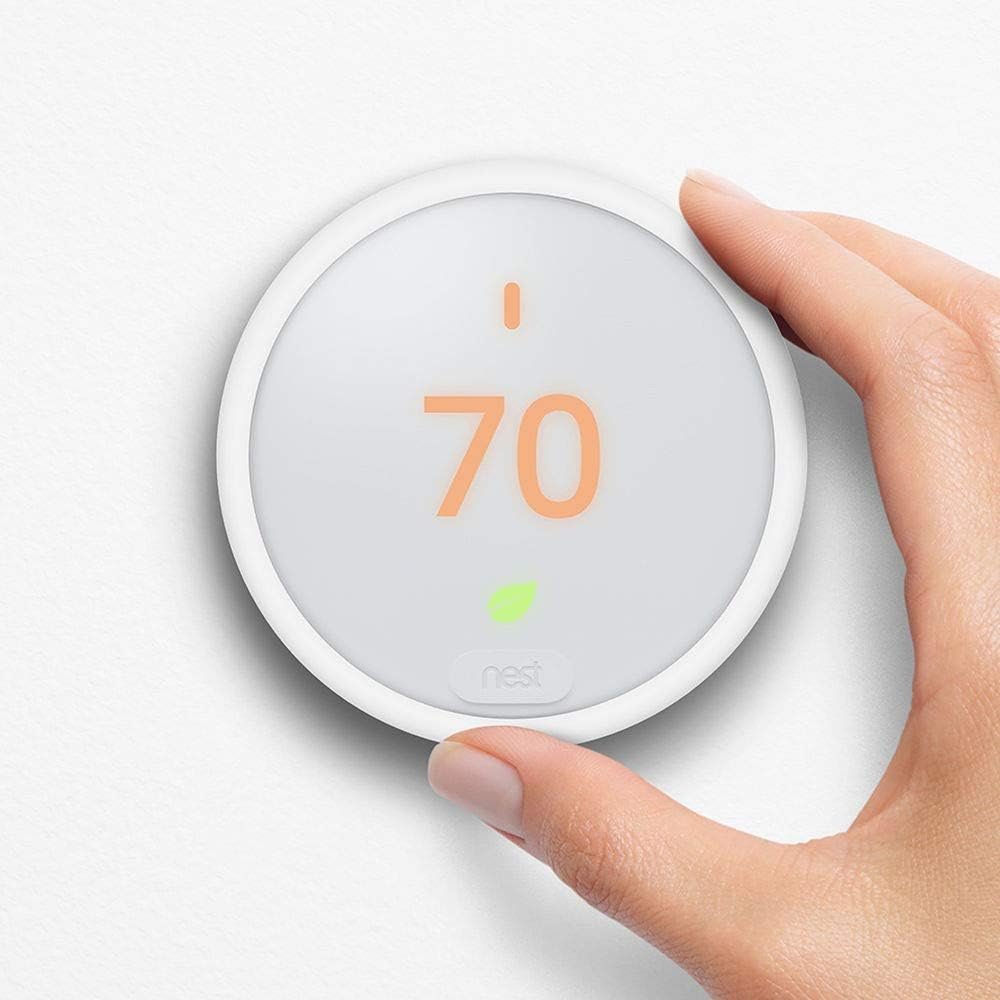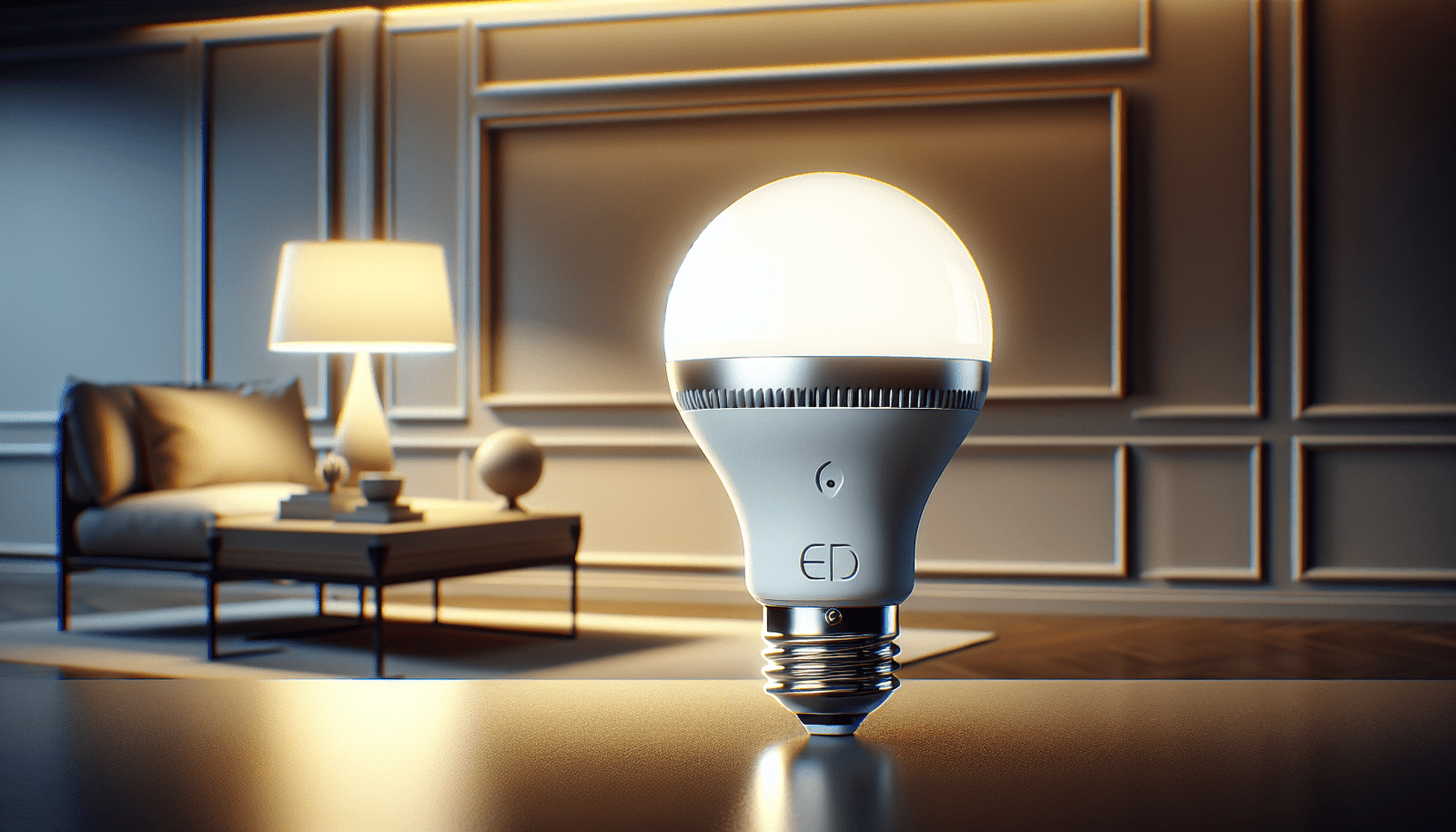Have you ever wondered how you can make your home more connected, efficient, and enjoyable? Welcome to the world of smart home living! This guide will take you on a journey through the fascinating landscape of smart home technology, providing you with the knowledge and insights needed to transform your living environment into a seamless digital ecosystem.
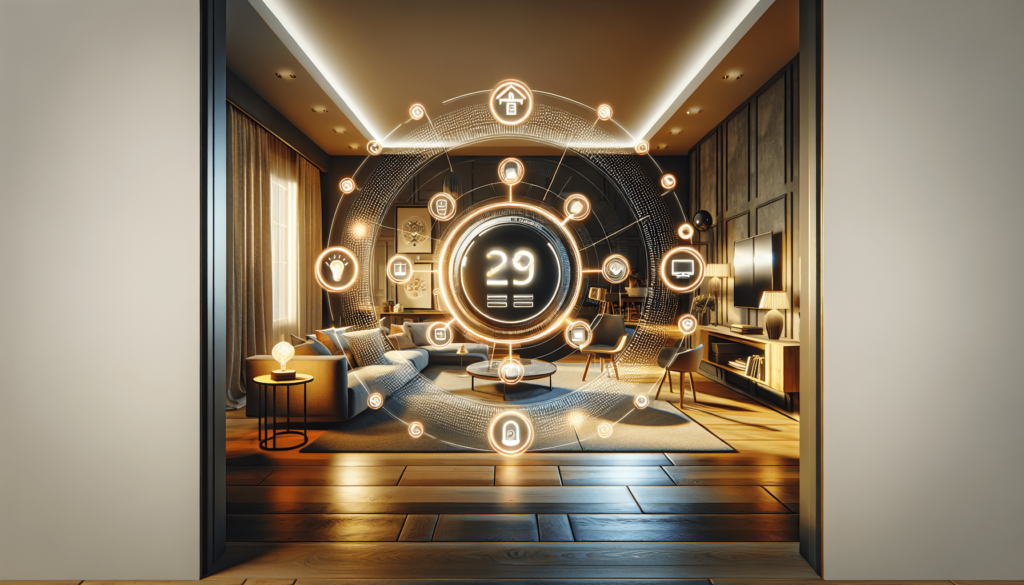
What is Smart Home Living?
Smart home living refers to the integration of various electronic devices and systems that automate and enhance the living experience within your home. These systems often include smart lighting, thermostats, security cameras, and voice assistants, all designed to provide convenience, energy efficiency, and improved security.
The Core Elements of Smart Home Technology
At its core, smart home technology involves connecting devices and systems to a central hub or network, allowing you to control them remotely via a smartphone app, voice commands, or automation schedules. This connectivity not only enhances convenience but also optimizes energy usage and enhances home safety.
Cost and Value Considerations
While the initial cost of setting up a smart home can vary, the long-term savings and return on investment often justify the expense. Smart home devices can lead to reduced utility bills, increased property value, and a more efficient household.
Installation Costs vs. Long-Term Savings
Understanding the balance between installation costs and long-term savings is crucial. While some devices might require professional installation, many others offer DIY options. Moreover, smart thermostats and lighting systems can significantly decrease your energy bills over time.
| Device Type | Average Cost Range | Potential Savings (Yearly) |
|---|---|---|
| Smart Thermostat | $100 – $250 | Up to $180 |
| Smart Lighting | $15 – $50 per bulb | Up to $75 |
| Security Systems | $200 – $1,000 | Insurance discounts |
Comparing Smart Home Devices
With so many options available, choosing the right smart home devices can feel overwhelming. It’s essential to compare features, compatibility, and user experiences to make informed decisions.
Real-World Use Cases
Consider how different smart home devices can fit into your daily routine. Smart speakers, for example, can play your favorite tunes while controlling the lights, while smart locks can offer peace of mind by allowing you to monitor and control access to your home.
Popular Smart Home Devices
Some of the most popular smart home devices include:
- Smart Speakers and Displays: Devices such as Amazon Echo and Google Nest Hub, which allow for voice control and integration with other smart devices.
- Smart Thermostats: Products like the Nest Learning Thermostat, which adapt to your schedule and save on heating and cooling costs.
- Smart Security Systems: Brands like Ring and Arlo, offering cameras, doorbells, and sensors to enhance home security.
Practical Setup Guides
Setting up your own smart home ecosystem can be an exciting project. Knowing where to start and how to integrate devices effectively is essential for a smooth transition.
Step-by-Step Installation
Start with one room or device type to avoid being overwhelmed. For instance, try setting up a smart bulb:
- Replace your existing bulb with a smart bulb.
- Download the companion app for the bulb.
- Connect the bulb to your Wi-Fi network through the app.
- Follow in-app instructions to integrate it with a smart assistant like Alexa or Google Assistant.
Once you’re comfortable, expand to other devices such as smart plugs or cameras.

Security and Privacy Factors
While smart home technology offers numerous benefits, it also raises questions about security and privacy. It’s crucial to address potential risks and implement best practices to protect your home network.
Potential Risks and Best Practices
To safeguard your smart home, consider these tips:
- Secure Network: Use strong, unique passwords for your Wi-Fi network and devices.
- Firmware Updates: Regularly update device firmware to patch vulnerabilities.
- Device Isolation: Place smart devices on a separate network or use a guest network for added security.
Energy Efficiency and Sustainability
One of the many appeals of smart home living is its potential for increased energy efficiency and sustainability. Smart devices can drastically cut energy consumption, thereby reducing your carbon footprint.
Reducing Energy Consumption
Smart thermostats and lighting systems are prime examples of how homes can become more energy-efficient. For example, smart lighting systems can adjust brightness based on natural light availability, while smart thermostats learn your schedule to optimize heating and cooling.
Compatibility and Connectivity
For a seamless smart home experience, compatibility and connectivity are key. Ensuring that your devices can communicate effectively with each other is fundamental to building a cohesive system.
Smart Hubs and Voice Assistants
Many smart homes are built around a central hub or voice assistant device that integrates various platforms. Popular options include:
- Amazon Alexa: Compatible with a wide range of devices and often acts as a hub for many smart homes.
- Google Assistant: Offers seamless integration with Google Home devices and other smart gadgets.
- Apple HomeKit: Known for its privacy focus and tight integration with Apple devices.
Future-Proofing and Innovation
The world of smart home technology is constantly evolving. Staying informed about emerging trends and advancements can ensure that your smart home remains relevant and efficient.
Emerging Trends in Smart Home Technology
Some exciting areas to watch include:
- AI Integration: Enhanced AI can provide personalized automation experiences beyond basic scheduling.
- Improved Interoperability: Standards like Matter are working towards seamless communication between different brands and devices.
- Sustainable Solutions: Innovators are focusing on eco-friendly products, such as solar-powered smart devices.
Is Smart Home Technology Right for You?
Ultimately, whether smart home technology makes sense for you depends on your needs, lifestyle, and budget. Here are a few questions to consider:
- Are you committed to improving energy efficiency in your home?
- Do you desire enhanced security and convenience?
- Is integrating technology into your daily life a priority for you?
Smart home technology can transform living spaces into cutting-edge environments that offer comfort and innovation. With thoughtful consideration and planning, you can create a smart home that aligns with your lifestyle and future needs. By understanding the costs, benefits, and setup processes, you’re well on your way to embracing the future of home living.
